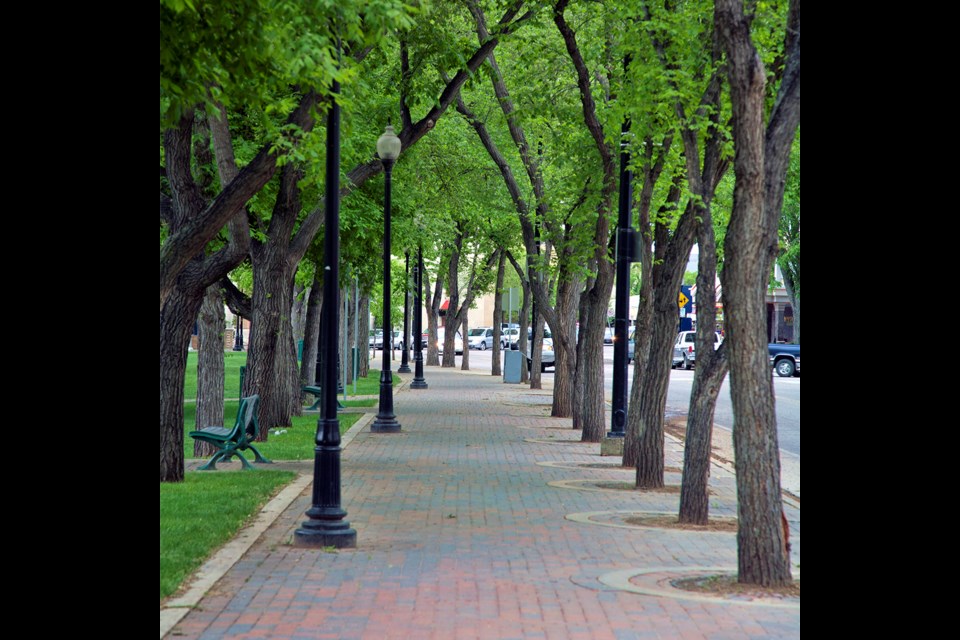SASKATOON — Parks Department crews removed a tree infected with Dutch elm disease in the Varsity View neighbourhood on Wednesday, Aug. 21.
After confirming the positive case, the City of Saskatoon says, it initiated its DED response plan, which includes immediately removing and disposing of the infected tree at the landfill.
The city also says Parks Department crews will increase their elm surveillance of the surrounding area to search for stored elmwood.
Crews also took samples of symptomatic trees within one kilometre of the infected tree and will prune trees cyclically in parks and boulevards.
Parks staff will conduct regular surveillance of areas and neighbourhoods, such as Varsity View, where a positive case of DED was confirmed.
This surveillance includes checking every property for elm firewood or brush and removing it when found.
If residents are not home, staff will remove the elm wood and leave an Elm Infraction Notice with a note indicating that the wood was removed.
Per the Forest Resource Management Act, Provincial Dutch Elm Disease Regulations 2005, inspectors can enter private property to inspect, sample, and remove elmwood in private areas.
The regulations require property owners to remove and dispose of DED-infected elm trees. DED is caused by a fungus that clogs the tree’s water and nutrient-conducting system until it dies.
DED was introduced in North America in the 1930s and has wiped out millions of elms across Canada and the United States. Saskatoon’s urban forest is 25 per cent elm.
Several species of elm bark beetles help spread DED in Saskatchewan. These beetles can fly farther than two kilometres in search of elm trees.
The DED fungus has tiny spores that stick to the beetle's body. Elm bark beetles can carry these spores and infect other elm trees. Infected pruning tools can also spread the fungus.
Residents can help prevent DED by never storing elm wood or branches, never buying or taking elm wood from anyone, and never burning it.
Residents are also advised not to prune elm trees from April 1 to August 31, when the provincial pruning ban is in effect. Residential elm wood can be disposed of at the landfill for free.
DED-infected trees are prohibited at the compost depot and must not be put inside the green bins. They must be disposed of immediately, even during the provincial pruning ban.
DED-infected elm trees and firewood symptoms start showing sometime in June, including the leaves beginning to wilt and turn yellow, then curl and brown.
If you suspect an unhealthy elm tree or are unsure of the firewood you have, take a photo and file an online report at  or call Urban Forestry at 306-975-2890.
For more information on DED, visit 
The Parks Department also removes other trees showing poor health and signs of fungal infection. For example, crews removed two trees on Central Avenue last month.




